The neck and the cervical vertebrae area are one of the most vulnerable points of the human body. In this area, strategic because it supports the head and allows us to perform rotation and torsion movements, various criticalities can accumulate due to the most disparate reasons: trauma, cold strokes, posture errors, muscle overloads, sleep disturbances due to the use of wrong pillows and mattresses and, last but not least, stress, which leads us to somatize all the tensions accumulated during the day at this point .
If you suffer from pain in the cervical vertebrae, this mini Yoga sequence that we propose is for you. Repeat it every morning as soon as you wake up to warm your neck well, especially in the colder and humid seasons, start your day with a looser body.
on the mat, in the position of Samasthiti, the mountain, and gently move your head, bringing your chin up and down. The shoulders are open, relaxed, away from the ears. Repeat three times and then begin to describe semicircles, bringing the chin from one shoulder to the other passing through the chest. The head never leans backwards but only moves forward three times.
Then return to the center with the head, bring the arm over the head and take the left ear with the right hand, stretching the whole left part of the neck well, make a soft but firm traction then return and reverse the hand, bringing the left hand on the right ear and pulling well all this part of the head by stretching the neck towards the right shoulder, bringing the ear in that direction.
Return with the central head and untie the head by turning it first to the right towards the shoulder and then to the left.
behind the neck and support the head well, intertwining the fingers, go to the beginning of the mat, bring the right leg forward with the knee bent, the left remains stretched behind and enter the position of Warrior One, in this variant with the hands intertwined behind the nape to support it.
Keep your elbows wide open and your gaze up. Stay five breaths and then switch sides. Bring your left leg forward and open your right leg wide behind you keeping it straight, elbows open and hands firmly supporting the back of your neck On both sides, stay for five breaths.
right to loosen the cervical vertebrae. After five breaths, lower your right leg and raise your left and here too, bring your gaze under your left armpit, stretching your neck and cervical vertebrae well and stay for another five breaths.Place your palms on the ground and walk forward again with your feet returning to the head of the mat. The torso is bent forward and the head dropped in the arms. Try to grab the opposite elbows and stay here with the neck soft, feeling the weight of the head falling down in the elephant position.
Stay five long, deep breaths with your legs soft and torso close to your thighs and then drop to your knees to enter the baby position and relax at the end of the sequence. The buttocks rest on the heels, the torso drops forward and the forehead rests on the ground. Pull your arms forward with your palms close to the ground and remain here completely abandoned on the ground
. This asana, which acts on the strength of the legs and abdomen, allows you to work on the opening of the chest, shoulders and on the extension of the neck to get to perform the position safely if you suffer from cervical problems.
The position of the dog upside down with the leg raised alternately, allows you to work on relaxing both sides of the body, loosening the neck by twisting it first in one direction and then in the other, while that of the elephant with the head completely abandoned in the arms allows the cervical vertebrae to distance themselves and relax completely due to the force of gravity, temporarily freeing themselves from the weight of the head that must be supported throughout the day.
These positions with the head reversed, allow a greater blood circulation of the brain and bring calm and clarity to the mind.

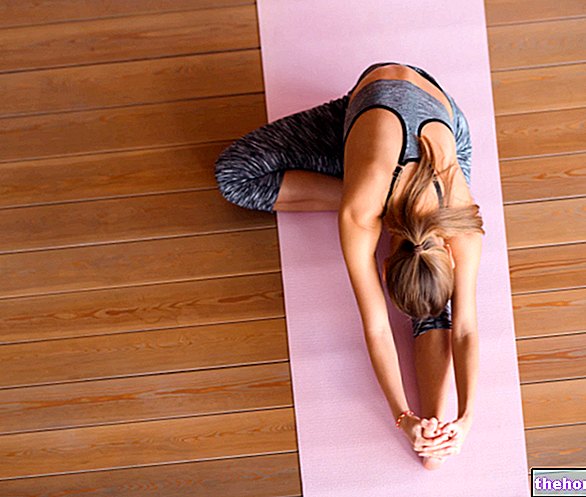
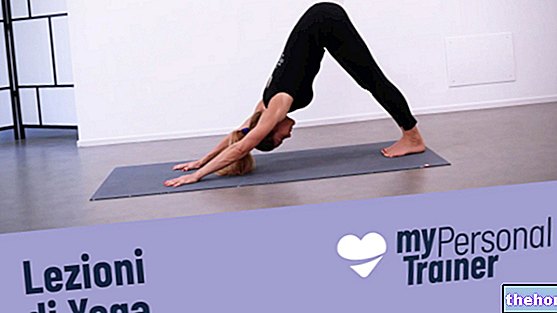
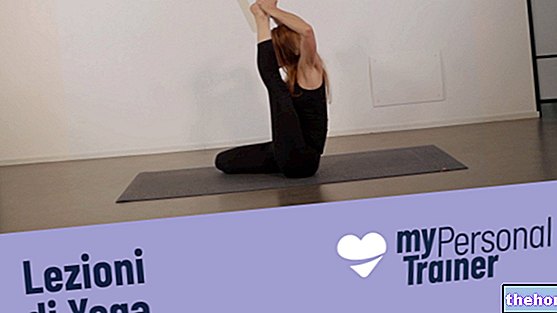
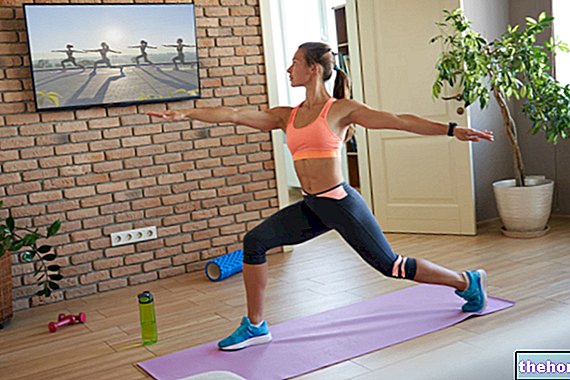

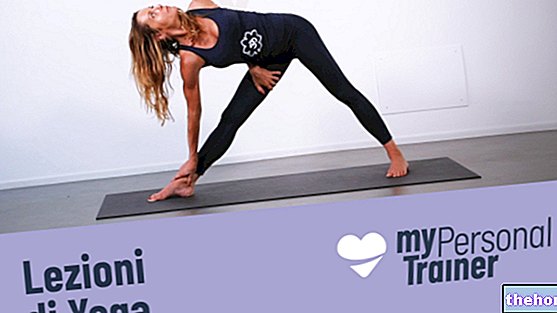


.jpg)


















